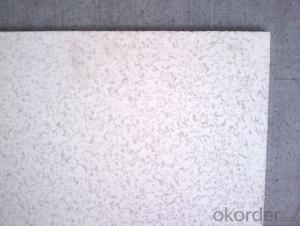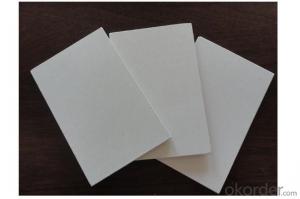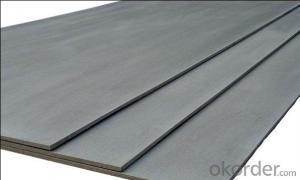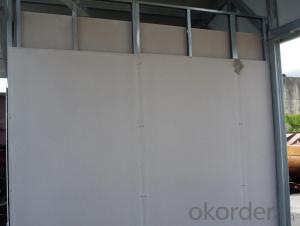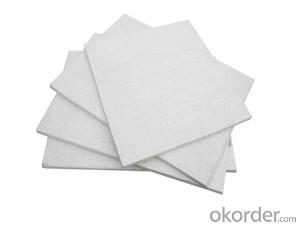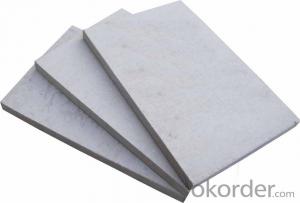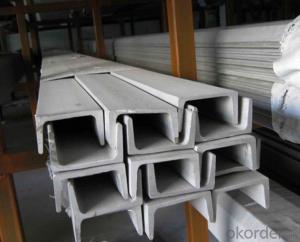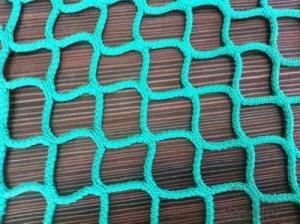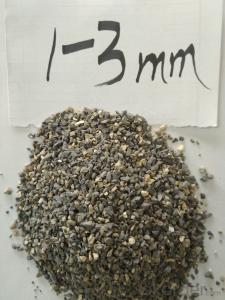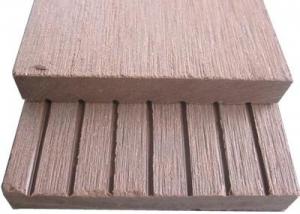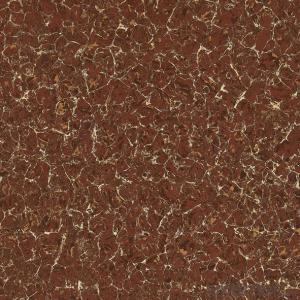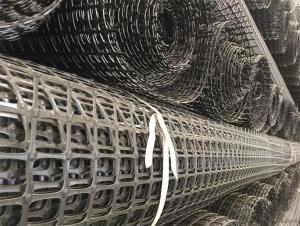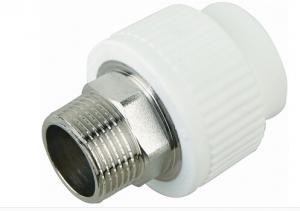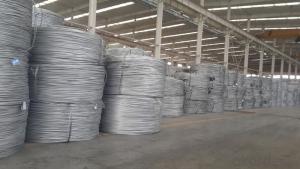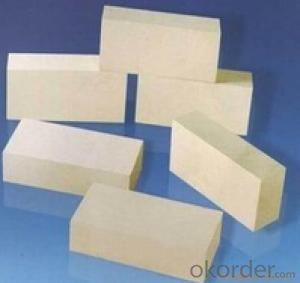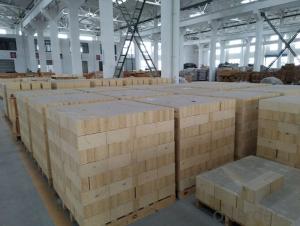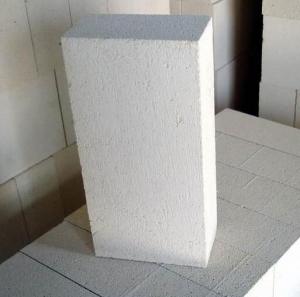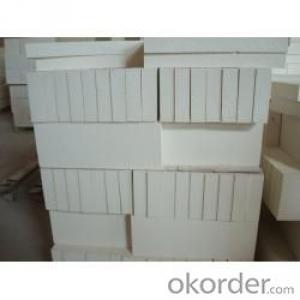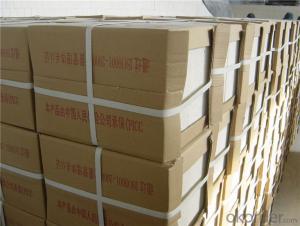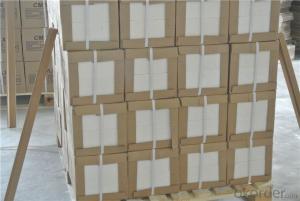High Temperature Plastic
High Temperature Plastic Related Searches
Primer For Galvanized Steel H S Code For Stainless Steel Wd 40 For Stainless Steel Spray Paint For Stainless Steel Drill Bits For Stainless Steel Sponge For Stainless Steel Caulking For Stainless Steel Steel Vessels For Kitchen Best Solar Inverter For Home Led Table Lamps For HomeHot Searches
Steel Mesh Panels For Sale Price For Stainless Steel Scrap Scrap Price For Stainless Steel Cheap High Tea Sets For Sale Stainless Steel Tanks For Sale High Density Fiberboard For Sale Solar Hot Water Collectors For Sale Scaffolding For Sale In Uae Scaffolding For Sale In Ireland Scaffolding For Sale In Houston Type Of Inverter For Solar Price Of Shipping Containers For Sale Stock Price For Aluminum Used Solar Inverter For Sale Portable Led Signs For Sale Stone Hot Water Bottles For Sale Large Led Screens For Sale Used Aluminum Scaffolding For Sale 1/4 Aluminum Plate For Sale Pvc Chairs For SaleHigh Temperature Plastic Supplier & Manufacturer from China
Okorder.com is a professional High Temperature Plastic supplier & manufacturer, offers integrated one-stop services including real-time quoting and online cargo tracking. We are funded by CNBM Group, a Fortune 500 enterprise and the largest High Temperature Plastic firm in China.Hot Products
FAQ
- Indeed, high-temperature insulation applications can employ insulating fire bricks. These bricks are specifically engineered to endure and preserve heat in elevated temperatures. With their low thermal conductivity and exceptional insulation capabilities, they prove to be the perfect choice for containing and insulating high temperatures. Their widespread usage can be observed in industries like steel, glass, and ceramics, as well as in furnaces, kilns, and other equipment operating at extreme temperatures. By effectively retaining heat and minimizing energy loss, insulating fire bricks offer a dependable and efficient insulation solution for high-temperature environments.
- Insulating fire bricks are not typically used in the construction of pottery wheels. Traditional pottery wheels are primarily made of materials such as wood or metal, which provide the necessary stability and durability. Insulating fire bricks, on the other hand, are commonly used in high-temperature applications to retain heat, such as in kilns or furnaces.
- Can the whole wall of the high-rise building be made of grey insulation bricks?
- If the frame structure, it may be so. What is the length of the whole wall? If it is longer, it is necessary to make a constructional column; if the hole is larger, the edge of the hole needs to be made into a border or a constructional column; if the entrance is small, the edge of the hole is about 300mm and needs solid bricks to build better. South wall thickness can be about 190mm, plus plastering design value of 200mm. Personal comments for reference!
- Yes, insulating fire bricks can be used in glass melting furnaces. Insulating fire bricks are made with materials that have high insulating properties, such as lightweight refractory fibers, and are designed to minimize heat loss. In glass melting furnaces, where high temperatures are required, insulating fire bricks can be used to line the walls and roof of the furnace to reduce heat transfer to the surroundings and improve energy efficiency. They can help maintain high temperatures inside the furnace, reduce fuel consumption, and enhance the overall performance of the glass melting process. However, it is important to note that insulating fire bricks may have a lower resistance to chemical attack and wear compared to other refractory materials, so they may need to be supplemented with other types of refractories in certain parts of the furnace where harsh conditions are present.
- Yes, insulating fire bricks can be used in the construction of glass slump molds. These bricks are designed to withstand high temperatures and provide excellent insulation, making them suitable for use in kilns and other heat-intensive applications like glass slumping. Their insulating properties help to maintain a consistent temperature during the slumping process, ensuring the glass molds are formed correctly.
- Indeed, refractory castings can incorporate insulating fire bricks. Due to their lightweight nature and exceptional insulation abilities, insulating fire bricks are ideal for tasks that demand thermal insulation. Such tasks include the creation of linings in furnaces, kilns, and other equipment that operates at high temperatures. To achieve thermal insulation and minimize heat loss, insulating fire bricks can be utilized either as a layer or as an element within the refractory casting mixture. Furthermore, their low thermal conductivity aids in reducing energy consumption and sustaining elevated temperatures within the casting.
- Insulation in walls and roofs can be achieved by utilizing insulating fire bricks. These bricks are constructed from lightweight materials that possess exceptional thermal insulation properties. Their thermal conductivity is low, allowing them to effectively minimize heat transfer through walls and roofs. Consequently, they are a fitting selection for enhancing energy efficiency and insulating buildings. Furthermore, insulating fire bricks are both long-lasting and fire-resistant, rendering them a secure choice for insulation. Nevertheless, it is crucial to acknowledge that these bricks are typically employed in high-temperature environments such as furnaces and kilns. Thus, they might not be the most economical or practical option for all wall and roof insulation requirements. In terms of cost, installation ease, and overall performance, other insulation materials specifically designed for building applications may be more appropriate.
- Yes, insulating fire bricks can be used in chimney lining. Insulating fire bricks are designed to withstand high temperatures and provide excellent insulation, making them suitable for lining chimneys. They help to retain heat within the chimney, preventing it from escaping through the walls and improving the efficiency of the fireplace or stove. Additionally, these bricks are lightweight and easy to install, making them a popular choice for chimney lining projects. However, it is important to ensure that the specific type of insulating fire brick being used is suitable for chimney applications and complies with local building codes and regulations.




